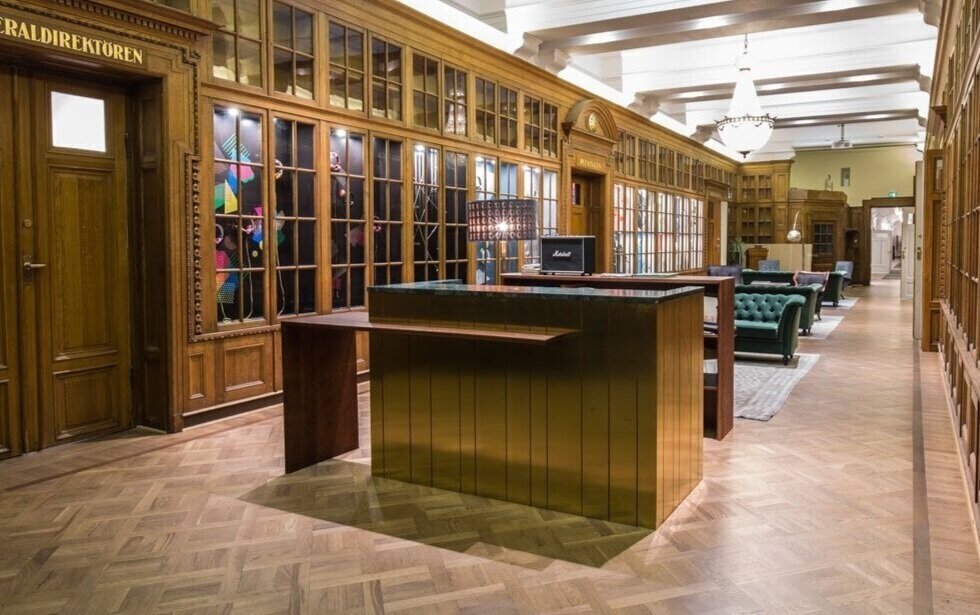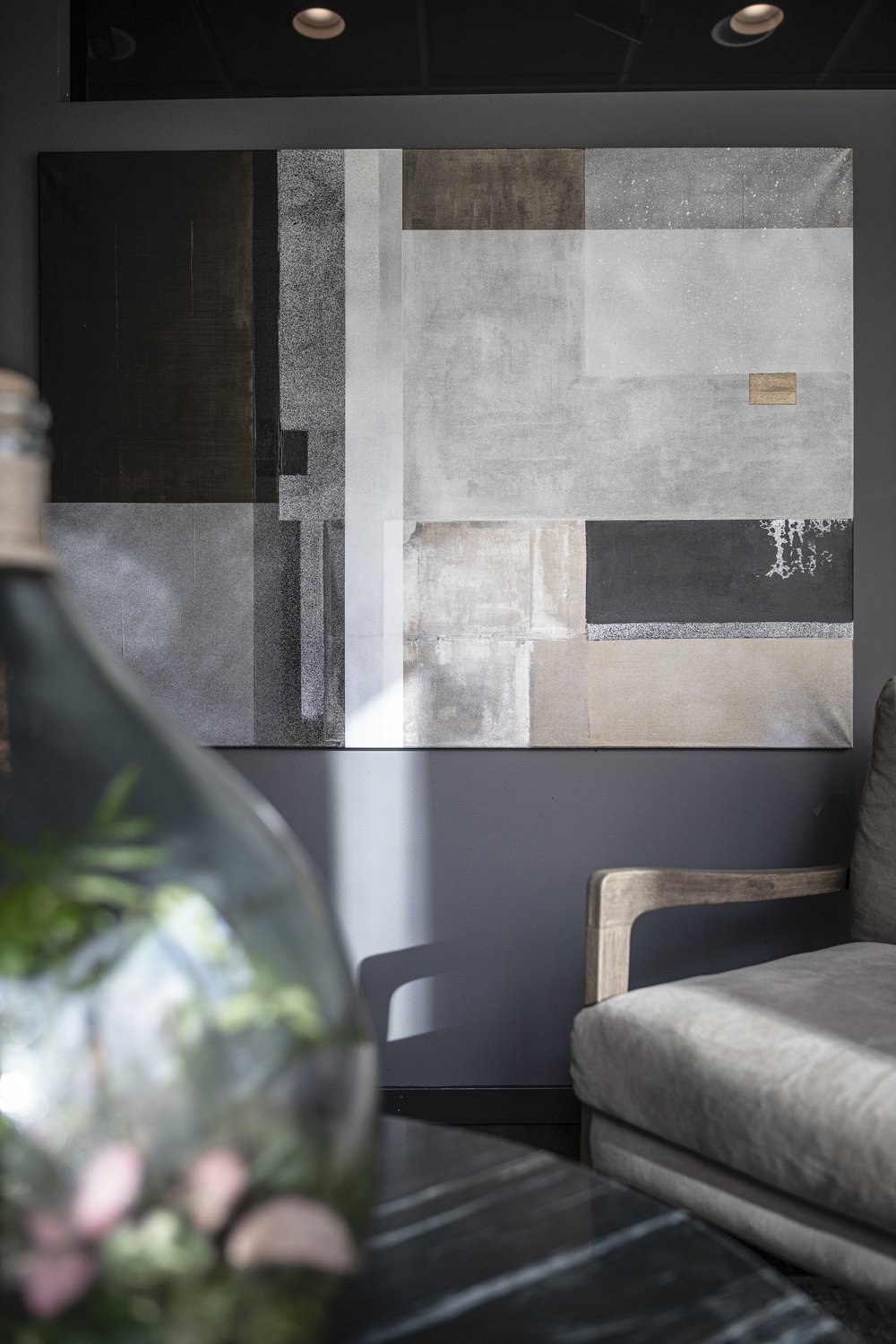Offices with
sense and sensibility
We create beautiful workspaces,
where colleagues and business thrive.











THE OFFICE AS A DESTINATION
As Featured by Financial Times.
Merry Monday was featured on the front page of FT, in June 2021. This insightful article dives into how neuroscience can help us create better workspaces. Our view, among researchers’ from Harvard and the UK were so well summarized by Sarah O’Connor.
Fabulous workspaces
-for psychological safety, creativity and well being.
80%
Brain research shows our surroundings have a far greater impact on us than we can imagine. Whether we like it or not, we register 80% of our sensory impressions through our eyes. Wouldn’t it then be clever to use neurodesign and neuroleadership principles to create workplace environments where our brains and bodies thrive?
At least that is what we think and we wish you all a Very Merry Monday!
Lena Nyholm & Mia Öhrn
We are your
Stockholm-based
workspace
design-duo.
Why us?
Many corporations invest in employer branding, strategy and activities that further stress-management, employee engagement, psychological safety, self-leadership, talent attraction, etc.
From our respective horizons we saw that too few a company thinks of the mental potential of their office premises. Then we noticed that you can not just talk about interior design or leadership or strategy. It is all oh so interconnected. And together this we manage to connect all the dots by making interior design a matter of strategy.
Strategy
Mia Öhrn is great at strategy, neuroleadership and communications. And to make employees thrive.
+
Interior design
Lena Nyholm is great at interior design, neuroaestethics and set design. And at creating environments and ambiance for both brain and body.
=
Strategic interior design
Together we create strategic interior design for offices that do not just look good, but also feels fab.
Let’s rethink what we do in the office.
89%
would like to go to the office to collaborate with colleagues* and spend
3,1
days a week in the office*.
What if…
…some rows of individual desks were transformed to meeting-spaces that further cooperation?
…more tasks of individual focus were carried out at home?
…we then could maximize space utilization and get more out of the office?
the merry monday method
1) Analysis
We help companies understand how their workspace affects colleagues by analysing the work environment from a neurodesign** perspective.
Taking brand and values into account, this spatial analysis shows what your premises say about the company. Are your brand, values and purpose in line with what colleagues and clients experience in your workspace?
2) STRATEGY
We help companies rethink the post-pandemic workspace by guiding them through a strategy-process with neuroleadership*** principles.
This interior design strategy describes ways hidden value of the premises could be released by supporting psychological safety, employee satisfaction, engagement and talent attraction.
3) Design
We design beautiful workspaces for companies that know that healthy and engaged employees make business thrive.
Based on the spatial analysis and the interior design strategy, we then design, deliver and install fab workspaces for the well-being of brains and bodies.

May ‘The New Normal’ be the ‘New Fab’.
Let’s create the new workspace where psychological safety, collaboration, and creativity is promoted through strategic, thoughtful and beautiful interior design.
Where you and your colleagues’ are stimulated
by a delightful and lush atmosphere.
Where the human factor is highly valued.
Where you long to be.
Where you thrive.
Would you too like
a workplace to long to?
*According to the Stockholm Chamber of Commerce report Changed habits after the pandemic - How workspaces and the city are affected.
**Research-based perspectives on how different brain functions are stimulated by our physical environment.
*** Research-based leadership principles of how the brain reacts to different situations, creating engagement or dis-engagement among colleagues.





